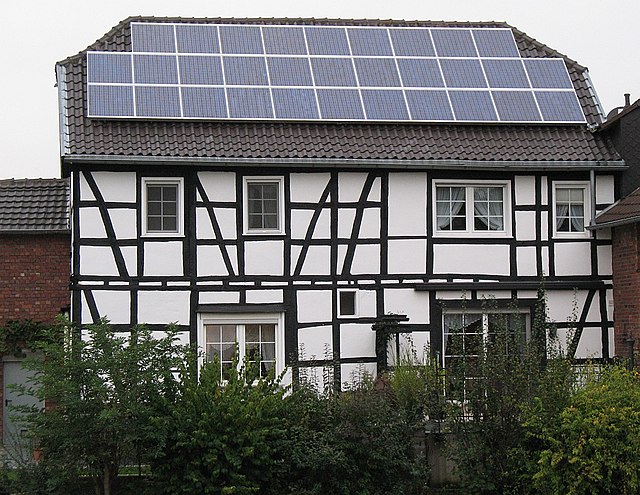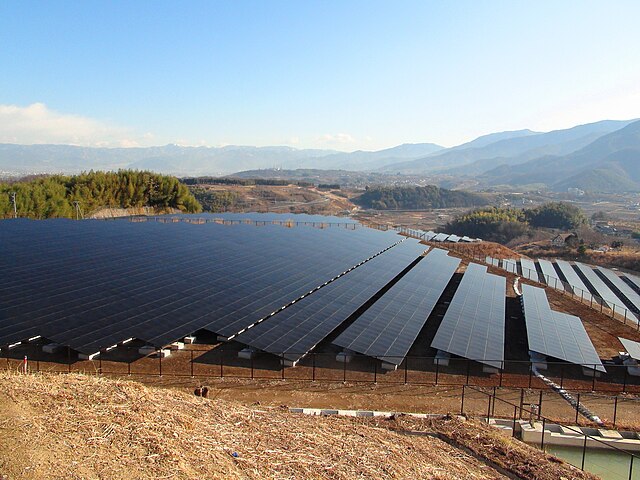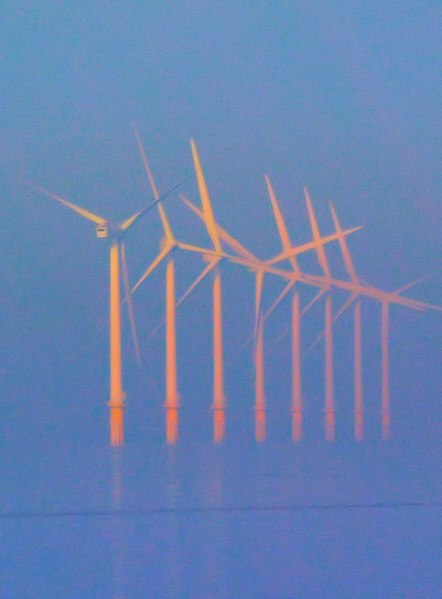Renewable energy commercialization
Renewable energy commercialization involves the deployment of three generations of renewable energy technologies dating back more than 100 years. First-generation technologies, which are already mature and economically competitive, include biomass, hydroelectricity, geothermal power and heat. Second-generation technologies are market-ready and are being deployed at the present time; they include solar heating, photovoltaics, wind power, solar thermal power stations, and modern forms of bioenergy. Third-generation technologies require continued R&D efforts in order to make large contributions on a global scale and include advanced biomass gasification, hot-dry-rock geothermal power, and ocean energy. In 2019, nearly 75% of new installed electricity generation capacity used renewable energy and the International Energy Agency (IEA) has predicted that by 2025, renewable capacity will meet 35% of global power generation.

Biomass heating plant in Austria. The total heat power is about 1000 kW.
The 22,500 MW Three Gorges Dam in the People's Republic of China, the largest hydroelectric power station in the world
One of many power plants at The Geysers, a geothermal power field in northern California, with a total output of over 750 MW
Solar energy technologies, such as solar water heaters, located on or near the buildings which they supply with energy, are a prime example of a soft energy technology.
Renewable energy is energy from renewable natural resources that are replenished on a human timescale. Using renewable energy technologies helps with climate change mitigation, energy security, and also has some economic benefits. Commonly used renewable energy types include solar energy, wind power, hydropower, bioenergy and geothermal power. Renewable energy installations can be large or small. They are suited for urban as well as rural areas. Renewable energy is often deployed together with further electrification. This has several benefits: electricity can move heat and vehicles efficiently, and is clean at the point of consumption. Variable renewable energy sources are those that have a fluctuating nature, such as wind power and solar power. In contrast, controllable renewable energy sources include dammed hydroelectricity, bioenergy, or geothermal power.
A small, roof-top mounted PV system in Bonn, Germany
Komekurayama photovoltaic power station in Kofu, Japan
Burbo, NW-England
Sunrise at the Fenton Wind Farm in Minnesota, United States








